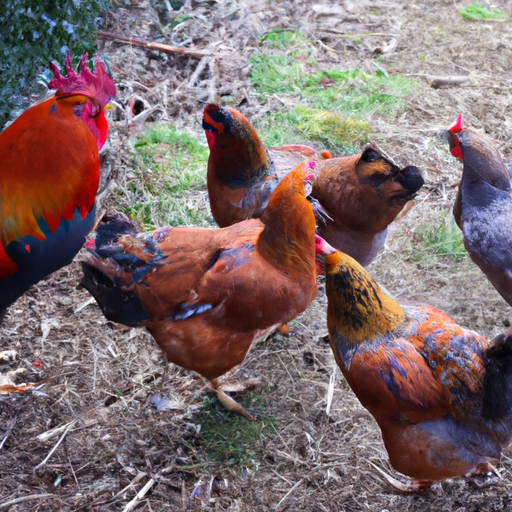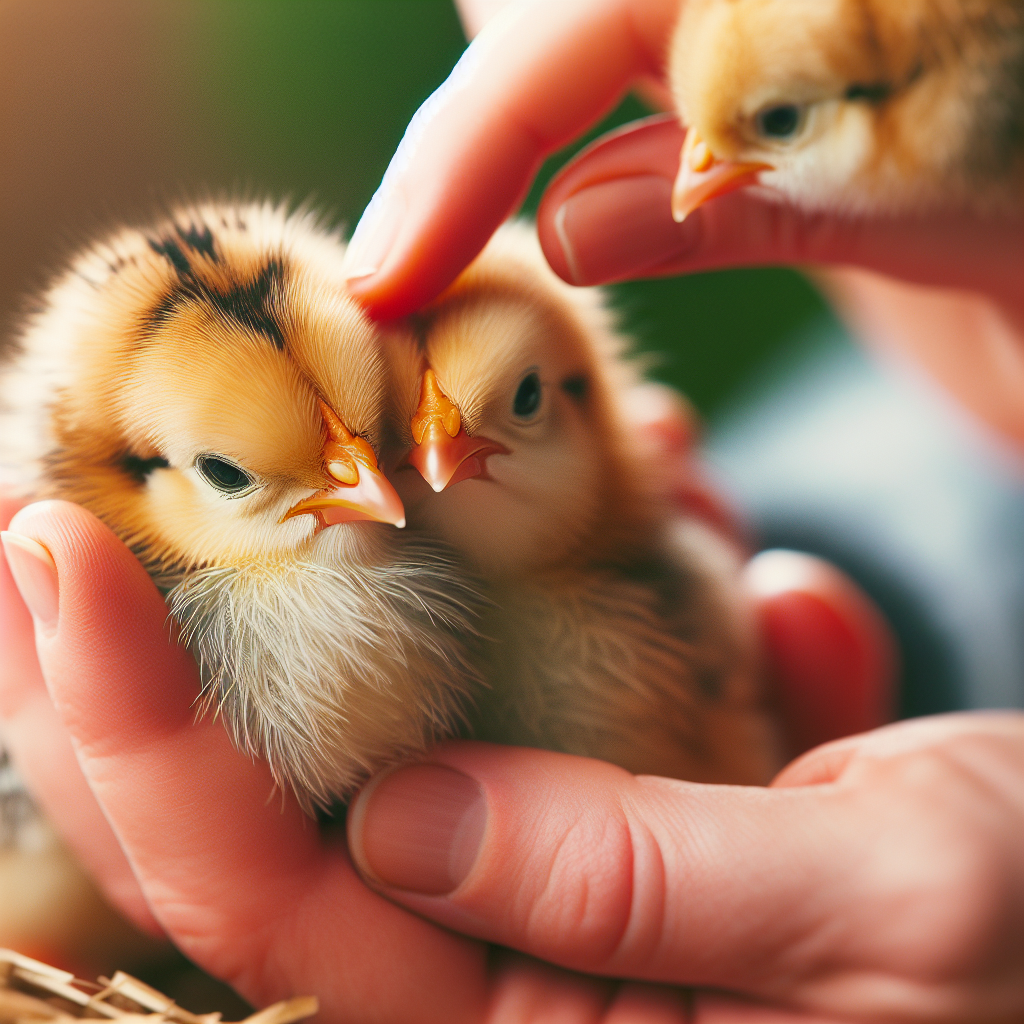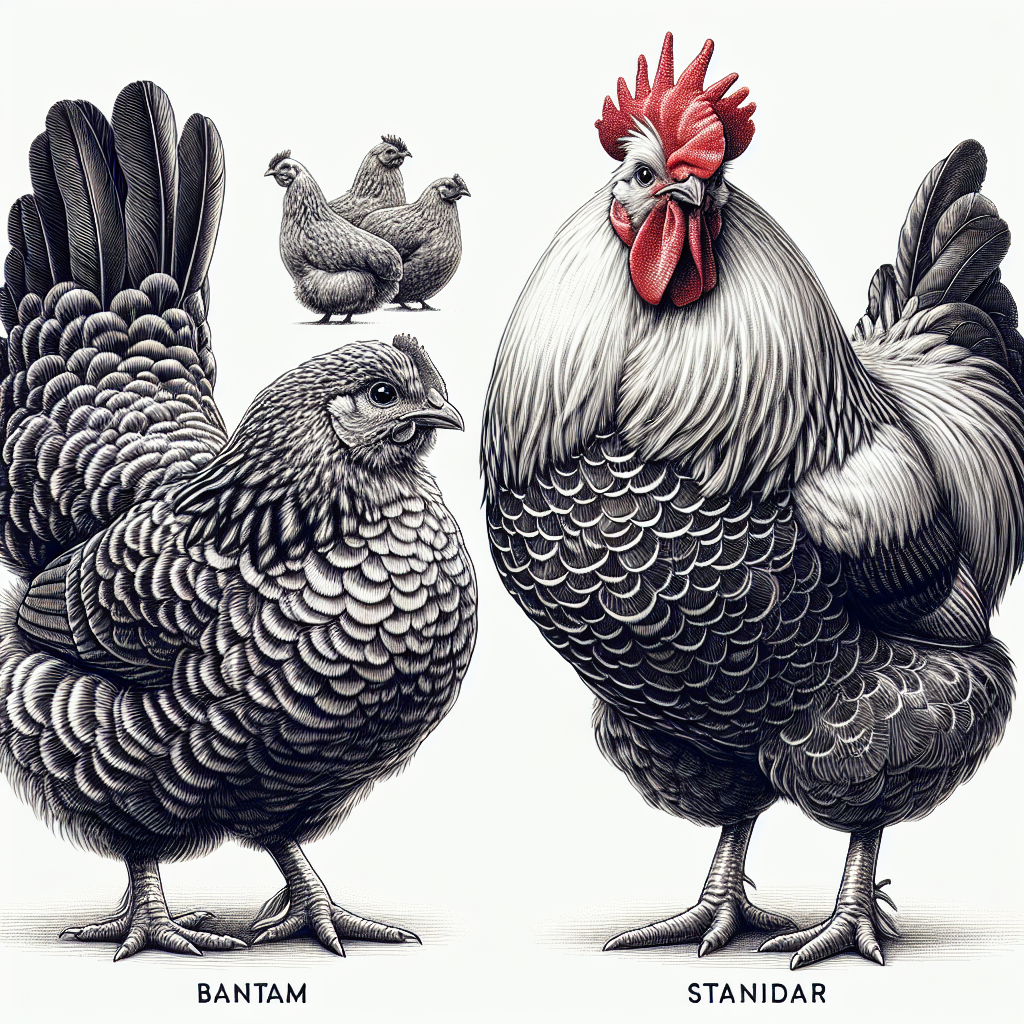Imagine standing in a picturesque countryside, surrounded by a group of colorful hens happily clucking away. As you observe this peaceful scene, your attention is drawn to the magnificent rooster strutting confidently in the center of the flock. Have you ever wondered how this charismatic male bird influences the social dynamics of his feathery community? In this article, we’ll explore the fascinating world of roosters and unravel the mysterious ways they impact the behavior and interactions within a flock.
Rooster Behavior and Roles within a Flock
Dominance Hierarchy
In a flock of chickens, the rooster plays a crucial role in establishing and maintaining a dominance hierarchy. This hierarchy determines the social order within the flock and helps to minimize conflict and aggression. The dominant rooster, often referred to as the alpha rooster, holds the highest rank and has priority access to resources such as food and mates. The other roosters within the flock are subordinate to the alpha rooster and are expected to submit to his authority.
Role in Mating
One of the primary roles of a rooster within a flock is to mate with the hens. The alpha rooster usually has exclusive mating rights, ensuring the continuation of his genetic lineage. Roosters perform a courtship display known as “tidbitting,” where they search for and offer food to the hens. This behavior not only serves as a form of courtship but also establishes the dominance and reproductive fitness of the rooster. By demonstrating their ability to provide for the hens, roosters increase their chances of successful mating.
Guarding and Protecting the Flock
Roosters also serve as guardians and protectors of the flock. They have a keen sense of awareness and are constantly on the lookout for potential threats such as predators. When they spot a potential danger, roosters alert the rest of the flock by emitting a specific alarm call, which prompts the hens to seek cover. In addition to their vocalizations, roosters will also physically defend the flock by engaging in aggressive behaviors towards predators, displaying their protective instincts.
Communication and Vocalizations
Crowing as a Means of Communication
The most well-known form of communication by roosters is their crowing. Crowing serves as a way for roosters to announce their presence, establish territory, and communicate with other roosters. The crowing of a rooster can be heard over long distances and acts as a signal to neighboring flocks regarding the boundaries of their territory. Crowing is also used by roosters as a means of asserting dominance and maintaining their social position within the flock.
Different Types of Calls
Aside from crowing, roosters produce a variety of other vocalizations to communicate different messages to the flock. They use different calls to alert the hens to the presence of food, warn of danger, or gather the flock together. For example, if a rooster finds food, he will emit a low clucking sound to attract the hens’ attention and invite them to join him in feeding. These distinct vocalizations enable effective communication within the flock.
Interpreting Rooster Vocalizations
Understanding and interpreting rooster vocalizations can provide valuable insights into the social dynamics of a flock. The volume, frequency, and tone of their vocalizations can indicate the rooster’s level of arousal, as well as their intentions and emotions. Experienced chicken keepers can recognize the difference between a contented crow, a warning call, and an alarm call, allowing them to respond appropriately to the needs of the flock.
Establishing and Maintaining Territory
Defining Boundaries
Roosters play a critical role in establishing and defining the boundaries of the flock’s territory. They actively patrol the outskirts of the flock, engaging in territorial displays to deter intruders. These displays can include spreading their wings, fluffing their feathers, and even physical confrontations with other roosters or predators. Through these displays, the rooster communicates to others that they are defending their territory, ensuring the safety and resources available to the flock.
Marking Territory
In addition to visual displays, roosters also use scent to mark the boundaries of their territory. They possess scent glands located on their face that produce oils with a distinct odor. By rubbing their face against objects within the territory, such as vegetation or the ground, roosters leave behind scent markers. These markers act as a chemical signal to both members of the flock and potential rivals, indicating the rooster’s ownership and claiming their territory.
Defending the Territory
Roosters are fierce defenders of their territory. When faced with an intruder or rival rooster, they engage in confrontations to protect the flock and maintain their dominance. These fights can be intense, with roosters using their sharp beaks and spurs to inflict harm on their opponent. While conflicts can sometimes result in injuries, they are an essential part of establishing and maintaining the social dynamics within the flock.
Influence on Hen Behavior
Behavioral Changes in Hens
The presence of a rooster can significantly impact the behavior of the hens within the flock. Hens tend to exhibit more social behaviors and increased activity levels when a rooster is present. They engage in behaviors such as dust bathing, foraging, and exploring their surroundings more actively. The presence of a rooster also stimulates natural reproductive behaviors and influences the hens’ hormonal balance, contributing to overall flock cohesion.
Rooster-Hen Interactions
Rooster-hen interactions involve both courtship and dominance behaviors. When a rooster encounters a hen, he performs a tidbitting display, offering food to the hen to gain her attention and favor. This courtship behavior is essential for successful mating. Additionally, roosters assert their dominance by using displays to establish their rank within the flock. The hens, in turn, respond to the rooster’s presence and interact with him according to their dominance hierarchy.
Effects on Nesting and Egg-Laying
Roosters can also influence nesting and egg-laying behaviors in hens. When a rooster is present, hens tend to exhibit more synchronized egg-laying patterns. This synchronization can be attributed to the hormonal influence of the rooster, as well as his role in establishing the flock’s social order. The rooster’s presence provides a sense of security and stability, creating an environment conducive to nesting and egg-laying.
Rooster-Flock Interactions
Social Facilitation
Roosters play a vital role in social facilitation within the flock. Their presence encourages social interactions among the flock members, leading to overall increased cohesion and bond formation. Roosters often initiate activities such as dust bathing or foraging, which can be contagious and motivate other flock members to participate. Through their leadership and role-modeling, roosters promote a sense of camaraderie and facilitate bonding within the flock.
Leadership and Decision-Making
Roosters exhibit leadership qualities within the flock, making decisions and guiding the behavior of the group. They determine the timing and location of activities such as feeding or roosting, as well as initiate and coordinate the flock’s movements. Roosters also provide direction and guidance during times of danger or stress, ensuring the safety and well-being of the flock.
Group Cohesion and Structure
The presence of a rooster is crucial for maintaining group cohesion and structure within the flock. Roosters actively foster a sense of unity and belonging among the flock members, forming a close-knit social structure. They mediate conflicts and maintain social balance, preventing the formation of disruptive cliques or factions. Roosters promote cooperation and collaboration, which strengthens the overall social dynamics of the flock.
Rooster Aggression and Conflict Resolution
Fighting for Dominance
Roosters often engage in aggressive behavior when vying for dominance within the flock. This aggression can manifest in physical confrontations, such as sparring or fighting with other roosters. These battles are part of the natural order of establishing and maintaining the dominance hierarchy. Roosters use a combination of displays and physical force to assert their dominance and secure their place within the social structure of the flock.
Interventions and Conflict Resolution
While conflicts among roosters are common, intervention and conflict resolution mechanisms also exist within the flock. Subordinate roosters may recognize the dominance of the alpha rooster and submit to his authority, minimizing aggression. In some cases, physical fights may be brief, with one rooster quickly conceding dominance to the other. This resolution helps to maintain harmony within the flock and prevent excessive and prolonged aggression.
Impact on Flock Dynamics
Rooster aggression and conflict resolution have a significant impact on the overall dynamics of the flock. The establishment of a clear dominance hierarchy reduces the occurrence of violent conflicts and provides stability within the flock. Balanced aggression allows the flock members to understand their place in the social structure and promotes a sense of order and security. A harmonious social dynamic contributes to the overall well-being and productivity of the flock.
Rooster Influence on Chick Rearing
Territorial Protection of Chicks
Roosters play a crucial role in the protection and care of chicks within the flock. They are often responsible for guarding the nest, ensuring the safety of the eggs and newly hatched chicks. Roosters exhibit highly protective behavior during this time, actively driving away potential threats and predators. By asserting their authority, roosters create a safe environment for the growth and development of the chicks.
Teaching and Guiding Behavior
Roosters also engage in teaching and guiding behavior towards the chicks. As the chicks explore their surroundings, roosters actively supervise and provide guidance on finding food, recognizing dangers, and socializing with other flock members. They demonstrate behaviors such as scratching the ground to reveal food sources, alerting the chicks to potential risks, and establishing appropriate interactions within the flock. This guidance from the rooster helps the chicks to develop vital survival skills.
Development of Flock Hierarchy
The presence of a rooster during chick rearing contributes to the development of the flock hierarchy. Roosters establish dominance over the growing males, ensuring a clear hierarchy within the flock from an early age. This hierarchical structure provides stability and order as the chicks mature into adulthood. The lessons learned from the rooster during this critical period shape the social interactions and behaviors of the young chickens as they become part of the adult flock.
Effects of Rooster Absence
Changes in Social Order
When a rooster is absent from a flock, significant changes can occur within the social order. Without a dominant rooster to maintain the hierarchy, subordinate roosters may begin vying for dominance, leading to increased aggression and instability. Female hens may also exhibit changes in behavior, as the absence of a rooster can disrupt their hormonal balance and reproductive patterns. The resulting shifts in social dynamics can lead to increased stress and conflicts within the flock.
Physical and Behavioral Differences
The absence of a rooster can also result in physical and behavioral differences among the flock members. Without the presence of a dominant rooster to guide their behavior, the hens may display more independent and assertive traits. This can lead to increased foraging activity, exploration, and potential conflicts among the hens. Additionally, the lack of a rooster’s influence may affect the synchronization of egg-laying patterns, potentially causing irregularities in the flock’s reproductive cycle.
Dynamics within the Flock
The dynamics within a flock can be greatly influenced by the absence of a rooster. The flock may become more decentralized, lacking a clear leadership figure and structure. The absence of a rooster’s protective instincts and vocalizations may also make the flock more vulnerable to predation and less alert to potential dangers. Overall, the absence of a rooster can disrupt the stability and social dynamics within the flock, impacting the well-being and productivity of the chickens.
Rooster Influence on Human Interactions
Rooster as a Protector
Roosters are not only beneficial to the flock but also play a role in protecting their human caretakers. Their innate instincts to guard against potential threats make them useful in warding off predators and intruders. The rooster’s presence can provide an added layer of security for those living in rural or farm settings, giving a sense of safety and protection.
Rooster as an Alarm System
The vocalizations of roosters act as a natural alarm system, alerting humans to potential dangers or disturbances. The crowing of a rooster can be heard over long distances, serving as an early warning signal for any unusual activity or potential threats. This can be particularly helpful in rural areas where the rooster’s crowing serves as an auditory cue for humans to be vigilant and aware of their surroundings.
Rooster Perception in Different Cultures
The perception of roosters and their role within the community can vary across different cultures. In some cultures, roosters are seen as symbols of courage, strength, and fertility. They are often associated with masculinity and may be highly revered or featured prominently in religious or cultural ceremonies. In other cultures, roosters are valued for their practical contributions, such as their ability to provide food through egg production and meat. Understanding the cultural significance of roosters can provide insight into the diverse roles they play in human society.
Conclusion
In conclusion, roosters are not just noisy farm animals; they play critical roles within the social dynamics of a flock. They establish dominance hierarchies, communicate through vocalizations, and protect the flock from threats. Roosters influence the behavior of hens, facilitate social interactions within the flock, and participate in conflict resolution. Their absence can disrupt social order and lead to behavioral changes among flock members. Roosters also have significant influences on chick rearing, human interactions, and are perceived differently across cultures. By understanding the multifaceted roles roosters play within a flock, we can gain a deeper appreciation for their importance in maintaining the social balance and well-being of the entire chicken community.




